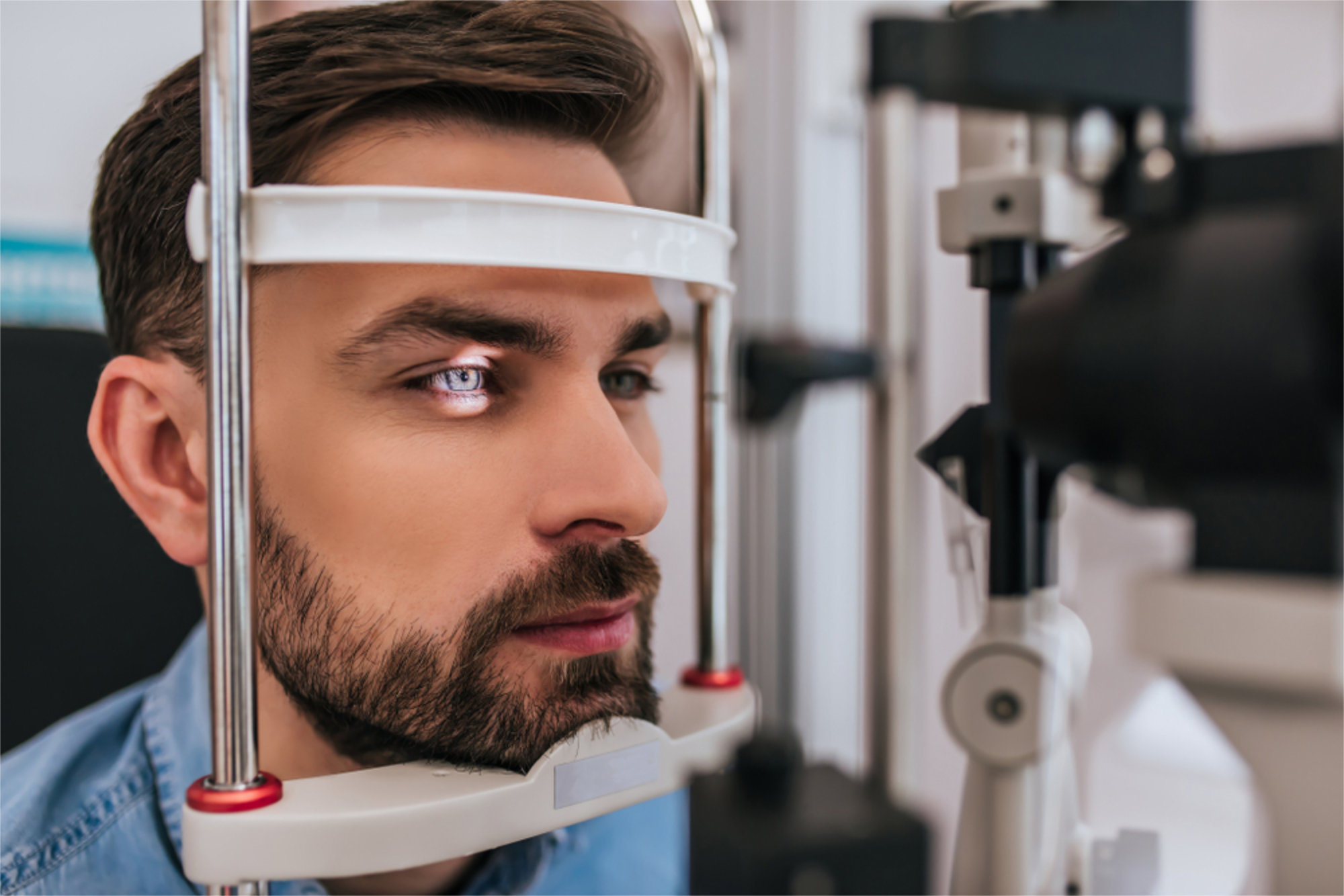When You Least Expect It
One of the fascinations and frustrations of dealing with the complex human body is the variability in the way that conditions present.
The case of a 48 year-old male, who consulted me because he had noticed deteriorating vision in the left eye, illustrates the point. When I examined him, I found that his prescription had changed and there was a slight “ripple” in the eye’ s optical system.
In other respects, the eye appeared normal. I mentioned that this could be a “forerunner” of a cataract, although there was no obvious sign of one. The patient was concerned and decided to take an opinion from an ophthalmologist in the city.
The ophthalmologist confirmed that there was no cataract, but could not offer an explanation for the deteriorating vision.
Cataracts are very common and occur when the lens inside the eye loses its clarity, resulting in blurred vision. While most cataracts are age-related, some have other causes, including the use of cortisone medications and diabetes. Neither of these applied in this case. The diagnosis of cataract is usually straightforward and easily detected with a routine eye examination.
However, in common with other conditions, in the earliest stages, a definitive diagnosis can be elusive. With careful observation over a period of time a clear diagnosis often becomes obvious. In this case, on re-examination one year later a distinct cataract was evident. While instant diagnosis is desirable, patience and careful observation are sometimes necessary.









